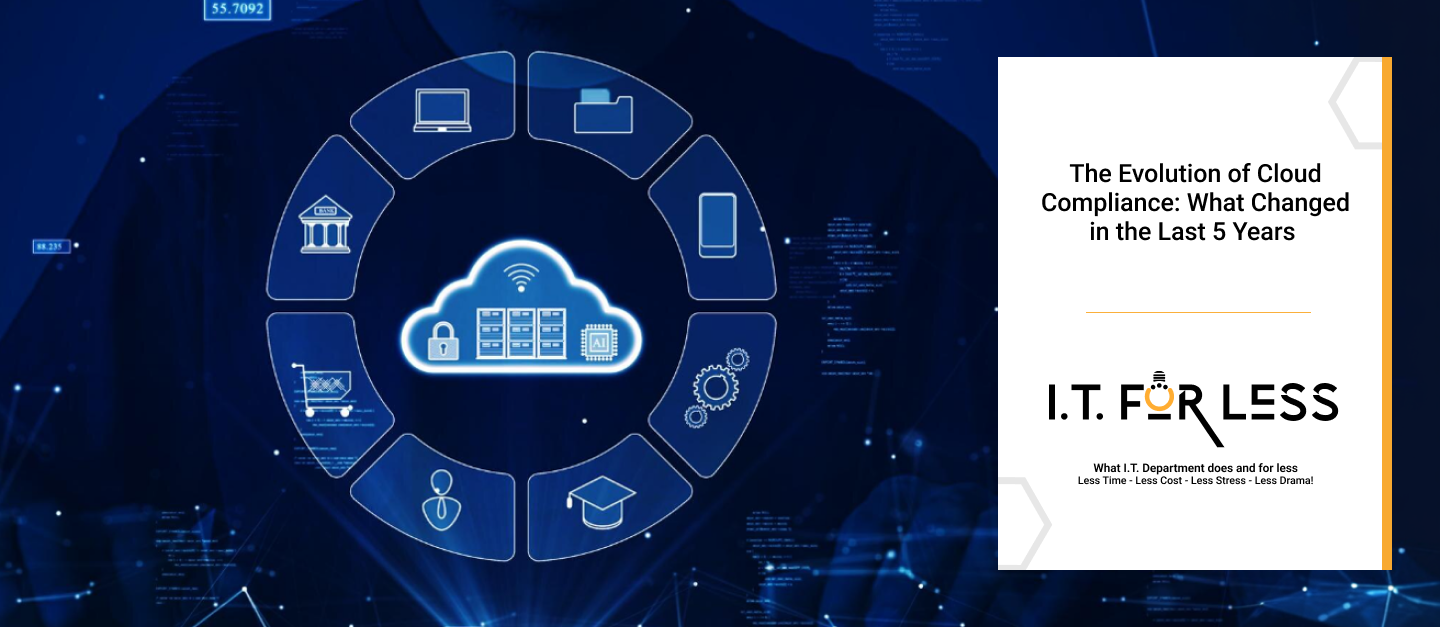In just half a decade, the cloud has gone from being a “nice-to-have” to the backbone of modern business. But with rapid adoption comes responsibility—especially when it comes to compliance. Regulations have tightened, industries face higher scrutiny, and cloud providers have introduced new frameworks to help organizations stay on track. Let’s take a closer look at how cloud compliance has evolved over the past 5 years and what it means for businesses today.
1. Stricter Global Regulations
Since 2019, regulations like GDPR, CCPA, and new state-level privacy laws in the U.S. have reshaped compliance expectations. Organizations are now required to demonstrate greater transparency around data collection, storage, and use—making compliance a boardroom priority, not just an IT concern.
2. Rise of Automated Compliance Tools
Manual compliance checks are no longer enough. In the past five years, businesses have increasingly adopted automated monitoring and auditing tools that continuously check cloud environments against regulatory requirements. This shift reduces human error and ensures issues are caught early.
3. Shared Responsibility Gets Sharper
The Shared Responsibility Model has become more widely understood and enforced. Cloud providers secure the infrastructure, but customers are accountable for data, applications, and access configurations. Misconfigurations—once a leading cause of breaches—are now being addressed with clearer guidelines and built-in provider tools.
4. Industry-Specific Standards Expand
Healthcare, finance, and government organizations now face even stricter compliance demands. New frameworks (like HITRUST updates and FedRAMP revisions) ensure cloud systems meet sector-specific security and privacy requirements. Providers have responded with compliance-ready services tailored to these industries.
5. Security and Compliance Converge
Previously, security and compliance were seen as separate functions. Today, they’re inseparable. Cloud security practices such as encryption, identity management, and zero trust are now directly tied to regulatory expectations—making compliance a natural extension of strong security hygiene.
Final Thoughts
Cloud compliance has transformed dramatically in the last 5 years. From stricter laws to automated compliance monitoring and industry-specific frameworks, businesses now face higher expectations but also have more tools at their disposal. The organizations that succeed are those that view compliance not as a checkbox but as a foundation for trust and resilience.
Partner with I.T. For Less today and take the first step towards making your I.T. flow as effortlessly as your ambition.
